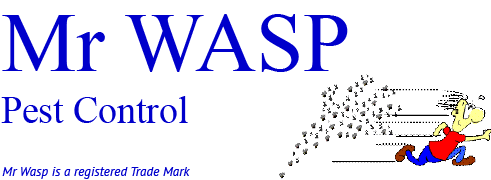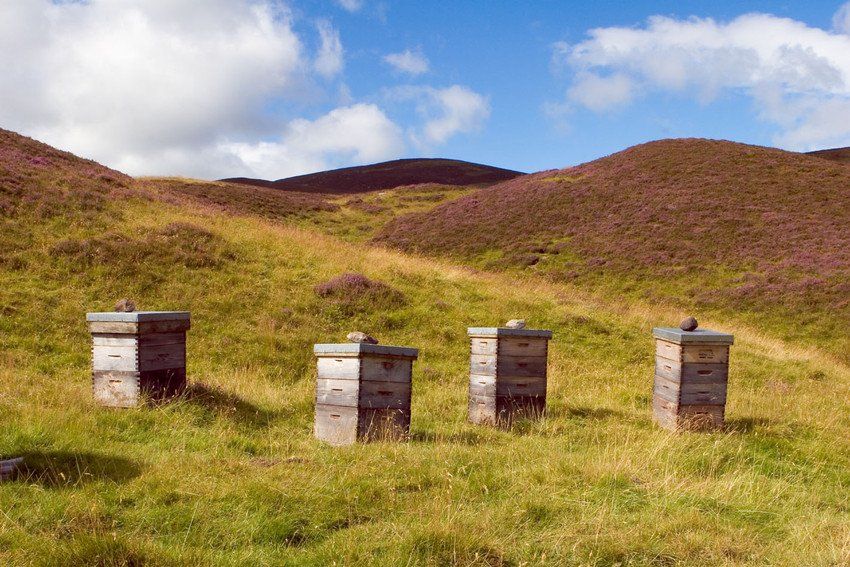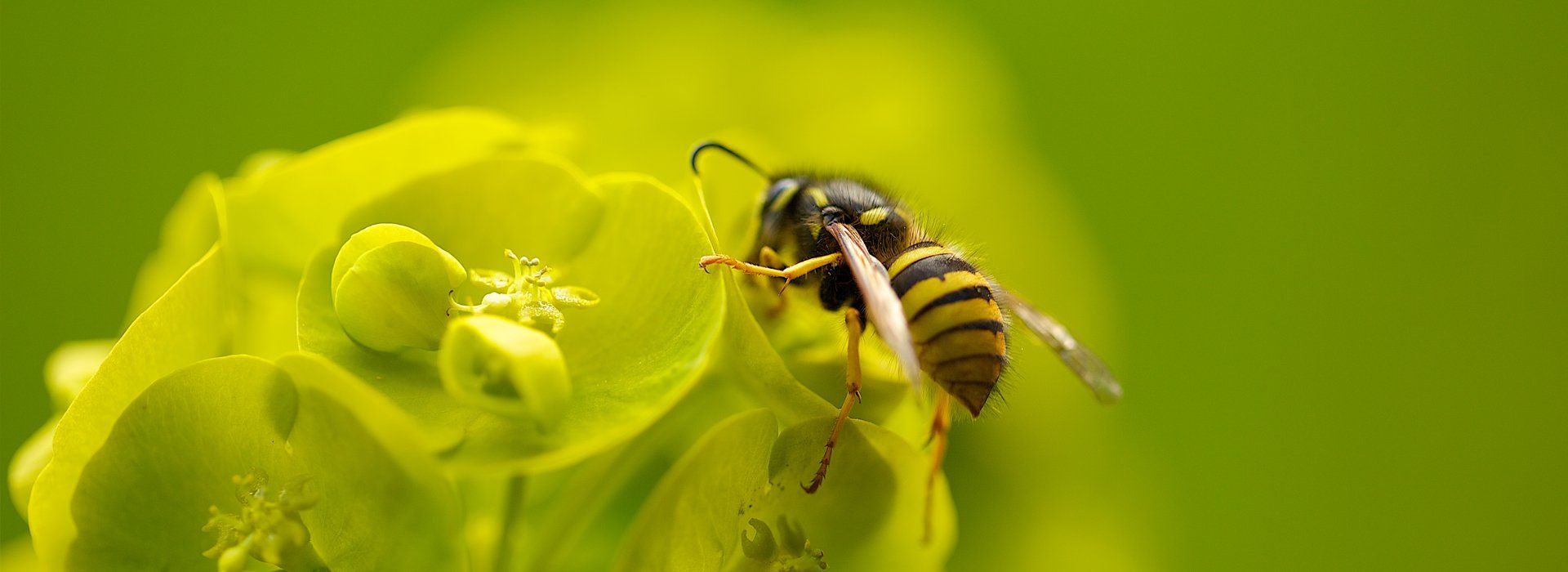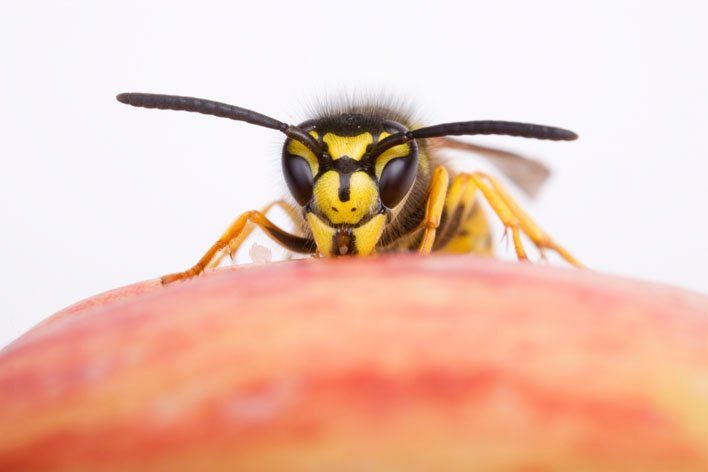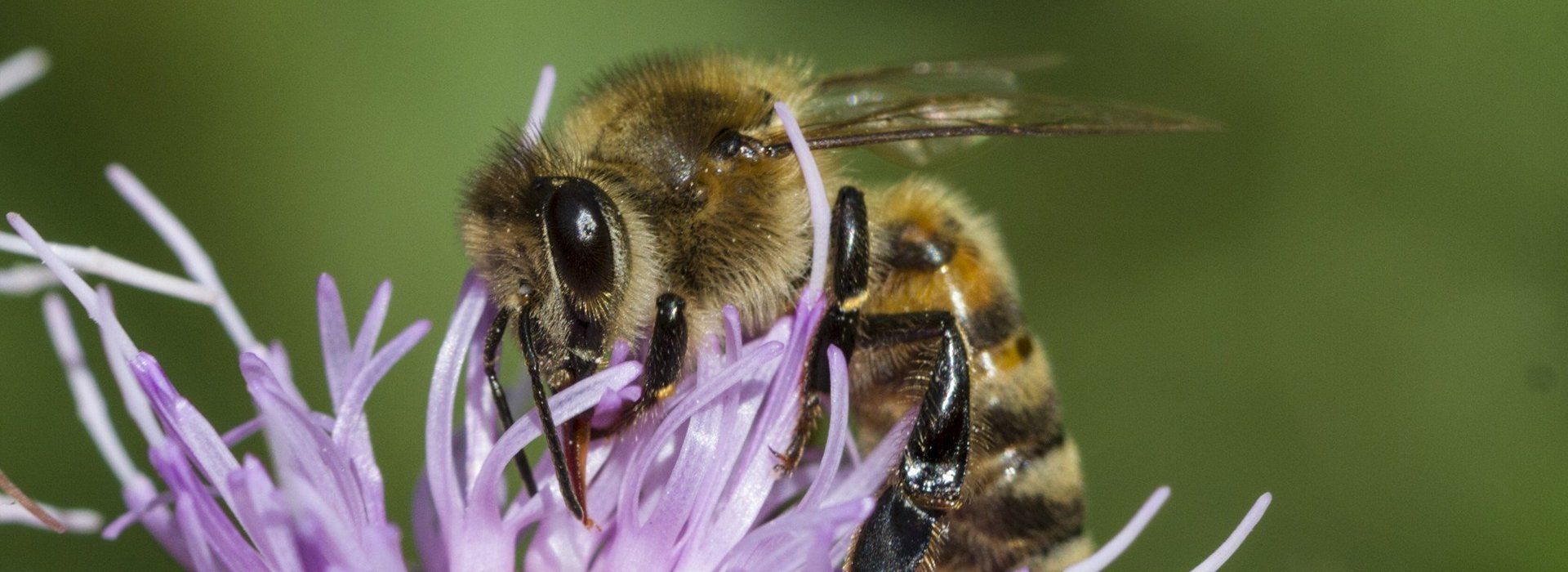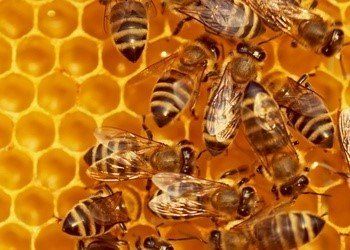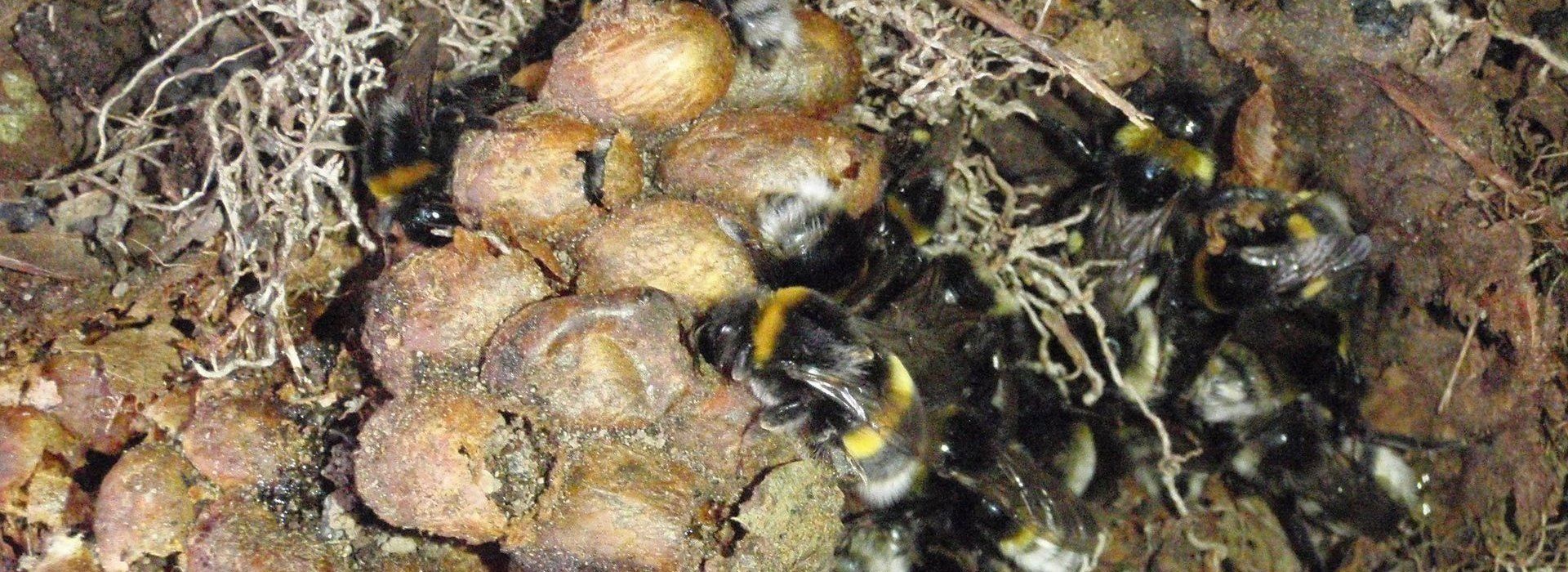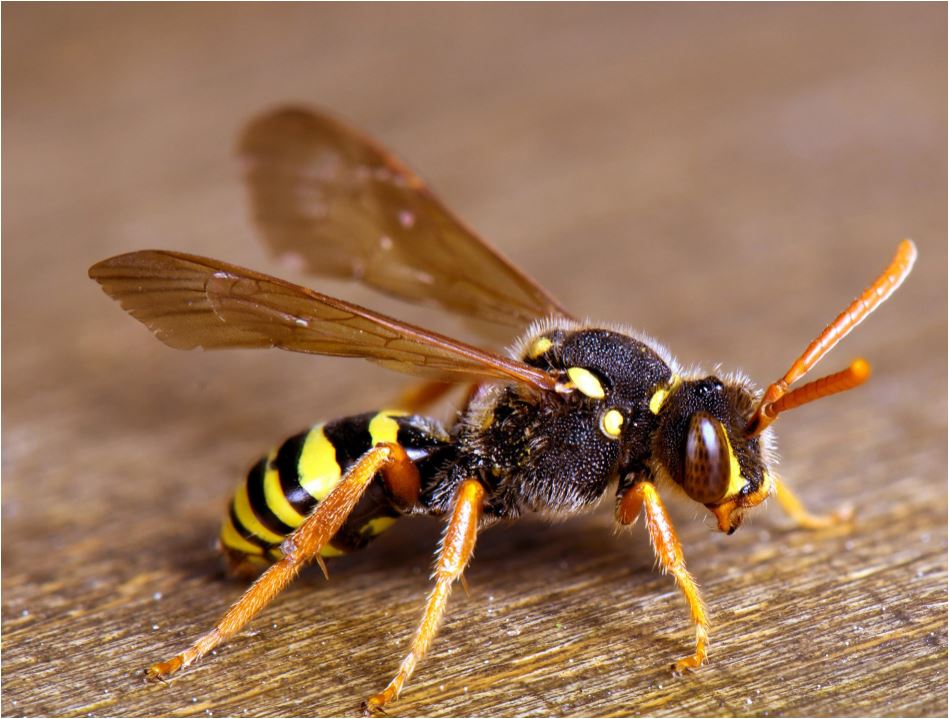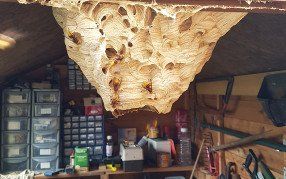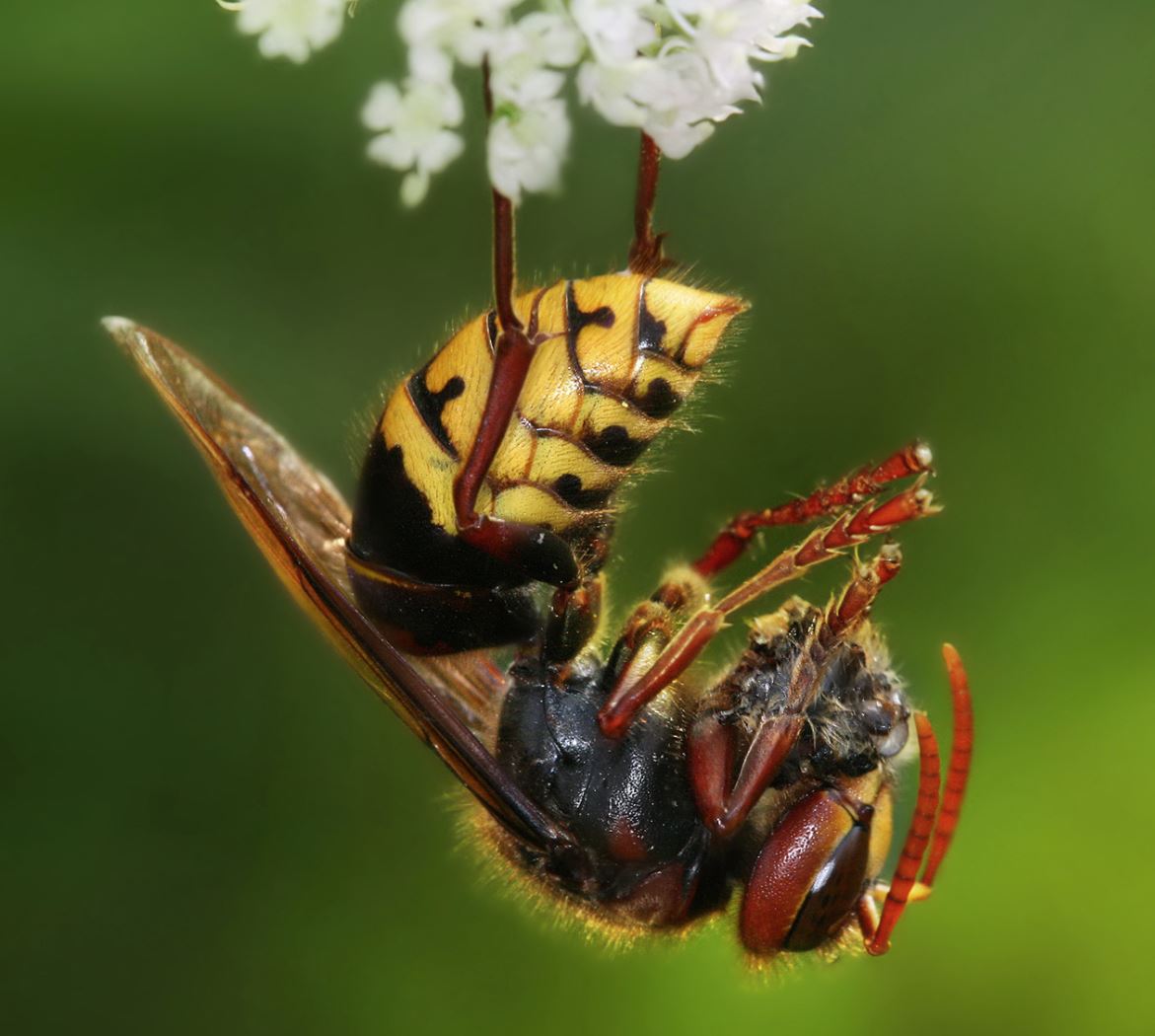How to Plant a Bee-Friendly Garden
Bees are in danger and it’s our job to make sure they can survive and thrive. That’s why it is so important not to use pesticides that can kill a bee and avoid killing them in other ways, too. If you have a serious bee infestation problem, Mr Wasp can help you relocate the nest. However, if you don’t mind having some bees around and about, you can take things a step further and plant a bee-friendly garden to actually help bees multiple and do well.
Other pests, such as wasps, have few redeeming qualities, but the average honeybee is beneficial to the environment and produces honey. You really don’t want to get rid of them, unless there’s a very good reason to - like a serious infestation. If you do want to banish bees from your property, you’ll need to call in responsible experts, like Mr Wasp, who will be sure that they won’t harm the bees.
What is a Bee-Friendly Garden?
This type of garden is planted to attract bees and to provide them with plenty of food. You should plan ahead to make the most out of your space and turn it into a very attractive space for bees to hang out and gather pollen. You may be surprised at how well they do when provided with the right flowers.
You’ll need to make sure that there are always plants blooming in the bee garden. This requires some planning and investigation to ensure you are providing the right types of plants. With that in mind, let’s look at what you need to consider for your bee garden.
Placement and Size
Even if you like bees, it’s usually best not to have them too near the house. It’s recommended that you plant as far from your home as possible, on the far side of the garden. However, be aware of your neighbours, as well, since you don’t want your bees sprayed and killed.
You will also want to be careful to remove dead plants as soon as they’re gone and replace them with flowering species.
The size of the garden should be no smaller than three feet square. Bee biologists state that this is the best size for a bee garden, as it supplies plenty of plants in one small space. This means bees can make more efficient stops on their way to the hive.
Which Plants to Choose
Bees require both pollen and nectar, so ideally, your plants will offer both. It doesn’t have to be terribly complicated, though. As long as the plant offers flowers, you should be able to feed your bees. However, some plants are better than others. Fruit trees are high in nectar, but only for a short period. Other plants that are minimal work, but produce nectar include:
-Dandelions
-Fruit trees
-Linden trees
-Maple trees
-Chestnut trees
-Saffron
-Hellebore
-Heather
-Hazel
-Snowdrops
-Primroses
If you just aren’t sure of the best options, you can plant wildflowers and fruit trees to get the best results.
However, there are more than just these popular plants. You can also plant decorative items in your small garden.
Herbs and spices
You’ll find that most herbs and spices attract bees very well. The best ones include:
-Sage
-Basil
-Mint
-Oregano
-Thyme
-Melissa
You’ll probably use these in the kitchen so they’re useful in more ways than one. However, the rich scents will also bring in the bees.
Shrubs
Certain shrubs can be used for decorative purposes but will also provide you with pleasant scents or even berries to eat. For example:
-Blackcurrant
-Willows
-Catkins
-Hibiscus
-Dogwoods
-Honeysuckle
-Roses
All of these lovely plants will really enhance your property and make your garden feel like a space you wish to share along with your bees.
Trees
You already know that fruit trees are popular with bees, but the following decorative trees can also go a long way toward attracting bees and also decorating your garden. Plant trees far enough apart to give them room for future growth. These include:
-Chestnuts
-Cigar tree
-Tulip tree
-Honey locust
-Wild cherry
-Bee-bee tree
Each of these options is decorative, so pick one or two and make sure they have the space needed to grow.
Other Plants
Finally, you can plant just about anything that has a flower. Remember that the bloom is important to the bees. There are plenty of options that you can select from, including:
-Phlox
-Asters
-Coneflowers
-Columbine
-Golden Alyssum
-Lilac
-Carnations
-Lilies
-Larkspur
-Yarrow
-Thimbleweed
-Geranium
-Stonecrop
-Houseleek
-Lily of the Valley
-Bellflower
Of course, there are plenty of other plants that will look great and do well with the bees, so experiment a little and find the best combination for your needs and the bees needs.
Planting a Large Area
If you happen to have a field lying fallow, it could be planted with a single plant to entice bees. It’s not really a garden but would be a fun experience. A large space with flowers not only looks beautiful, but it also attracts wildlife and insects.
To plant in a large space, consider one of the following species:
Clover: Clover is not only an amazing producer of nectar that bees love, but it is also great for the soil. Once the bloom is over, the clover can be ploughed under and will fill the soil with nitrogen for the next crop.
Purple Tansy: Easy to plant throughout the year, purple tansy is available any time. It has a very short growing season, so you can plant it as needed and then plough it under once the blooms die down for humus.
Buckwheat: Even if you’re not a fan of buckwheat, it is a good option for replacing other grains like rice, this is a good way to attract bees and provide them with more food than they can handle.
Sunflowers: These tall, bright flowers are a good photo backdrop, but they also serve to bring bees in droves. A whole field of them will be quite popular with both humans and bees and the final structure of the soil is improved when the flowers die off and the plants are returned to the soil.
Rapeseed: Used most commonly to create cooking oil, rapeseed is also a good bee-friendly flower.
Any of these plants can be planted in a large field or even a smaller patch, but they work well to cover a piece of land that is too big to plant several smaller plants.
Provide Water
Bees need to drink, too they are so small that they can easily drown in containers of water. To prevent this and give your thirsty bees a drink, it’s best to set up a pedestal with a shallow dish on it. Fill the dish with marbles or decorative rocks, whichever you prefer, and add enough water to come to just below the tops of the rocks or marbles.
Bees will be able to land on the rocks and drink from between them, but there is no danger of falling into a pool. If it rains, empty out the dish a little to ensure they aren’t getting too much and top it off whenever the levels get too low.
What to Avoid in Your Garden
Since your garden is designed to be a haven for bees, you must keep out any pesticides or things that could kill the bees. Use only natural methods to prevent pests and weeds and do your research to ensure these can’t be harmful to the bees, either.
Bees are our future and they must grow and thrive. While it may be tempting to swat them for the possibility of stinging you, it’s best to give them a safe place to go so they’ll leave you alone. Help the bees thrive and you’ll benefit the entire planet.
It’s also pleasant to have a nice flowering garden around and you may enjoy it just for looking at, as well as harvesting fruit and herbs.
If you do have issues with bees, you can call in a bee-friendly pest control company. They will take measures to handle the bees without killing them. Since we really don’t want more bees to die, this will help the bees to continue reproducing and pollinating.
Need a little bee help? Mr Wasp can help you with any of your bee issues. Contact us today.